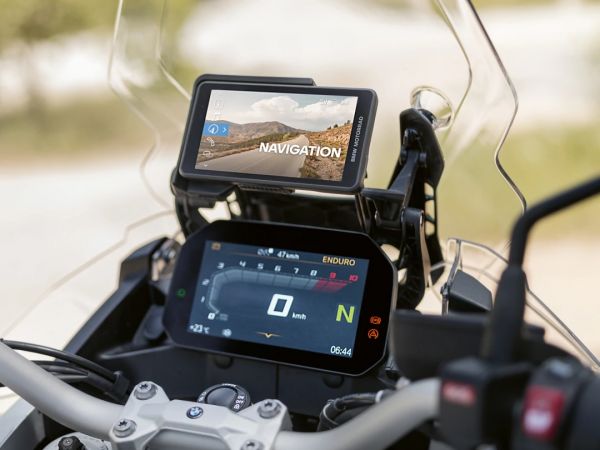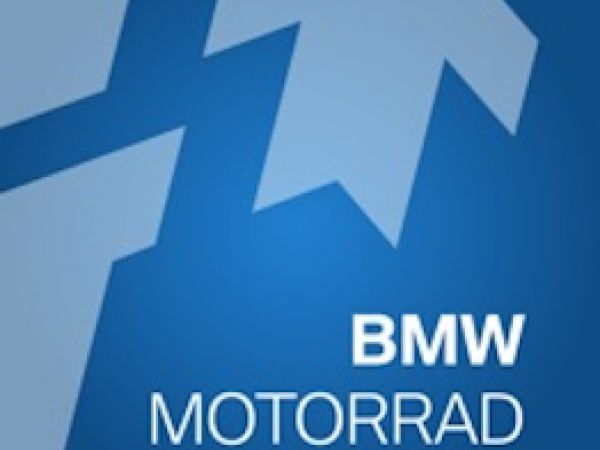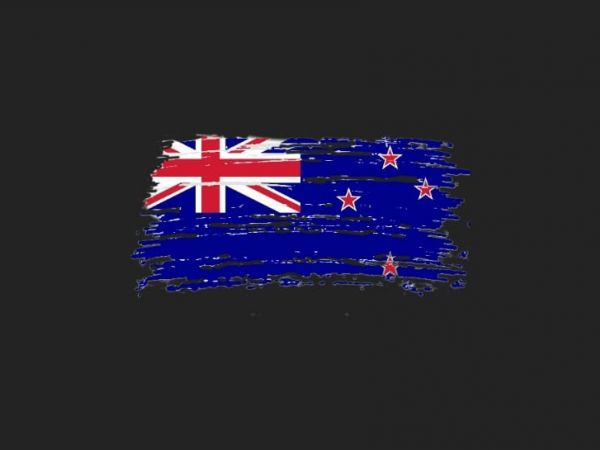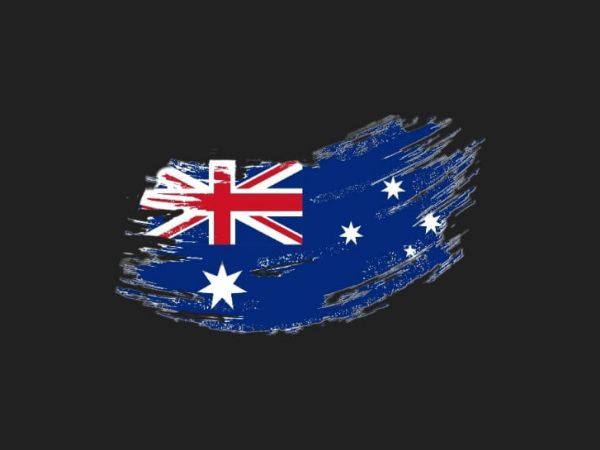Traffic regulations in Europe - Slovakia
Traffic regulations in Europe - Slovakia
Category: Traffic regulations in Europe
What should be considered on a motorcycle tour to or through Slovakia? What documents do you need to bring with you? MotoGS WorldTours and MotoGS Rental provide you with answers to your most important questions.
Errors and omissions excepted - all information without guarantee.
Basics:
Slovakia has been a member state of the EU since May 1st, 2004 and introduced the EURO as official means of payment on September 1st, 2009. Furthermore, the Republic of Slovakia is part of the Schengen area and thus the Schengen Agreement. Therefore, it makes entry very easy for all EU citizens. But even for non-EU citizens, the entry option is usually very uncomplicated.
Vehicle papers and other necessary documents:
The vehicle registration document or the registration certificate part I is mandatory.
The IVK - International Insurance Card (formerly Green Card, including SK) is valid as proof of liability insurance.
The EU driver's license is accepted in Slovakia, so no international driver's license needs to be carried along as well. For non-EU citizens, an international driving license is required in addition to the national driving license of the country of origin.
EU citizens can enter the Republic of Slovakia with a valid identity card, regardless of the reason or intention of their entry or stay in the Republic of Slovakia. Citizens from the EU, European Economic Area, and Switzerland can also apply for a residence permit if they intend to stay in the country for more than 90 days. Citizens then have to register at the Immigration Service (Immigration Police in Bratislava, there is one office covering all districts) within 30 days after the first 90 days or they risk a fine of EUR 300.
Non-EU citizens must report their stay in the country within 10 days of entry: a form in Slovak must be filled out and submitted along with the passport. (Hotels and other accommodation automatically register their guests)
Non-EU citizens:
Foreign citizens who, by law, do not require a permit to enter the country may stay in the Republic of Slovakia or the Schengen area up to 90 days in a time frame of 6 months , provided they are in possession of a valid travel document. The legal order of the EU includes a list of third countries whose nationals require a visa when entering the EU's external borders and of countries whose nationals are exempt from this requirement. In the first case, in order to enter the Republic of Slovakia, a foreign citizen must present not only a valid travel document, but also a visa or a residence permit, unless otherwise provided by law.
Therefore, it makes sense for non-EU citizens to find out about the entry requirements for the respective home country for the Republic of Slovakia on the following website "VisaHQ". This is for your own safety.
All personal documents must be valid for at least 3 months upon departure.
With a rented motorcycle to or through Slovakia:
Basically not a problem, but riders who make trips to or through Slovakia with a vehicle that is not registered in their name must carry a usage permit from their rental company with them to be on the safe side. You can also download this permit as a template from this link.
The legal minimum riding age for general motor vehicles in Slovakia is 18 years. The same applies if you want to rent a motorcycle in Slovakia. As a rule, however, the local rental stations require a minimum age of 21 or even 23 years. Young rider surcharges are often required for riders under the age of 21, sometimes even under 26.
Health insurance:
In principle, all travelers to Slovakia or abroad in general, regardless of their country of origin, should take out international health insurance. This can also be done easily here via Global Rescue. Surely this type of insurance protection is a bit more expensive than other providers. However, as the name suggests, this type of coverage is built on Rescue. Therefore not comparable. However, this should not be understood as advertising, it is a simple recommendation.
Helmet obligation:
Helmets are compulsory! Only helmets that comply with ECE standard 22 are permitted.
First aid kit / warning vests:
Carrying a high-visibility vest is mandatory, as is carrying a dust-proof packed first aid kit. Carrying a motorcycle warning triangle and a small warning light is always advisable.
Lighting:
Outside built-up areas, dipped headlights must be used all year round during the day. The use of daytime running lights is not permitted. This regulation also applies to journeys within towns.
It is compulsory to take a set of spare light bulbs with you. Excluded are motorcycles equipped with LED lights.
Speed limits in Slovakia:
In urban areas: 50 km/h
Out of town: 90 km/h
City motorway: 90 km/h
Motorways: 130 km/h
Alcohol limit:
The general traffic rules in Slovakia also determine how much blood alcohol in the blood riders are still allowed to ride a motorcycle. The blood alcohol limit is 0.0‰. Therefore, no alcohol should be detected in the blood at all. There is no tolerance!
Violators face very high penalties.
Possible penalties for violations: Fines of EUR 200 to EUR 1,000 are normal in Slovakia, the riding ban can be imposed for up to 5 years. In the case of particularly serious violations, the penalty is determined in an administrative procedure and from 1.0‰ a prison sentence can be imposed by the court as well as an additional driving ban of all vehicles between 1 and 10 years. To what extent this driving ban applies to foreigners, regardless of whether they are EU citizens or non-EU citizens, or can be enforced, cannot be predicted. Basically, however, just do not take this risk.
Environmental zone:
A restriction on the use of motor vehicles of any kind by a possible environmental zone is not known and, according to official information, is not planned in the future.
Tired of tolls on motorways, tunnels and bridges.
Once something pleasant in terms of tolls and other costs when using motorways, expressways, tunnels and bridges.
Contrary to the other regulations for toll costs in Europe: motorcycles (without sidecar) are completely exempt from any toll.
Correct behavior in the event of an accident or breakdown:
In some countries, including Slovakia, it is important to call the police even in the case of "minor damage", because the police report is the basis for the settlement of the damage. The police are also obliged to call in an interpreter who is likely to be necessary.
It is strongly advisable to prepare the "European Accident Report" damage report.
If people are injured, it is all the more obligatory to call the police.
Vehicles with conspicuous previous bodywork damage should have a police confirmation of the previous damage already on arrival so that there are no unpleasant surprises when leaving the country later.
Fines - peculiarities in slovakian traffic:
In the case of violations of the traffic regulations, comparatively high fines up to imprisonment are imposed, depending on the severity of the violation.
- When overtaking, the signal must be used throughout the process. Column jumping is prohibited and this also applies to motorcyclists.
- Radar warning devices, the use and carrying of radar warning devices, including speed camera warning apps that are ready for use, are prohibited. Navigation systems with POI function are allowed.
- Navigation devices must not restrict the rider's view.
- No parking applies to white and yellow lines, while parking restrictions apply to broken white/yellow lines.
- Parking in Bratislava city center is restricted. It is permitted with so-called parking permits, which can be purchased at newspaper stands and post offices.
- Motorcyclists can park their vehicles on the footpath or in the no-parking and stopping zones if they allow pedestrians a footpath of at least 1.5 m.
- 10 litres of reserve fuel may be imported duty-free.
Mountain passes in Slovakia:
There are some routes in Slovakia that are particularly busy. These are mainly the Donovaley Pass to Banská Bystrica or the Čertovica Pass to Brezno.
From 30 m before and on train crossings, 30 km/h must not be exceeded.
According to the EU framework decision on the mutual recognition and enforcement of fines from a minimum limit of EUR 70, Slovakian fines can also be enforced. In June 2011, Slovakia adopted the above-mentioned EU framework decision into national law. Depending on the situation, non-EU citizens may get out of this situation better. But no one should risk it.
If other road users are to be made aware of a danger, such as a sudden reduction in speed, then a warning signal should be given by activating the hazard warning lights. The headlight flasher must not be used.
All motor vehicles are not allowed to drive on roads used for sport and/or pleasure in nature, with exceptions of vehicles providing security, protection or delivery in areas that are difficult to access.
This also applies to motorcycles.
Emergency numbers in Slovakia:
The emergency numbers are for
General emergency call: 112
Police: 158
Fire Department: 150 and
Accident Rescue: 155
As of 7/7/2023

TAGS
slovakia a member state of the eu republic of slovakia a part of the schengen area rental usage permit environmental zone in slovakia emergency numbers are slovakia 112, 150, 155 and 158 donovaley pass to banská bystrica čertovica pass to brezno. bratislavaShare Your Thoughts
Share your experiences, questions, or suggestions!
Comments from Fellow Riders
Nobody has commented yet – your thoughts?
Blog categories
Moto Tours

* Balkan-Italy Adventure Tour
Approx. 2340 miles!
14 riding days through 5 countries!
15 overnight stays + 2 overnight stays on a ferry!

* Balkan-Carpathians-Albanian Alps Tour 2
Approx. 3138 miles!
21 riding days through 7 countries!
27 overnight stays!

* Balkan-Romania Adventure Tour
Approx. 2220 miles!
11 riding days through 5 countries!
12 overnight stays!

* Balkan-Carpathians-Albanian Alps Tour 1
Approx. 2520 miles!
15 riding days through 7 countries!
18 overnight stays!

* Croatia-Italy-France Adventure Tour
Approx. 1990 miles!
15 riding days through 4 countries!
17 overnight stays + 1 overnight stay on a ferry!

* Croatia-Sicily-Amalfi Coast Tour
Approx. 2730 miles!
18 riding days through 3 countries + Sicily!
21 overnight stays + 1 overnight stay on a ferry!

* New Zealand Adventure Tour
Approx. 4133 miles!
20 riding days through the South and North Island!
24 overnight stays + 1 overnight stay on a cruise!

Croatia - Route des Grandes Alpes, July 2025
2 Americans - 1 boy and 1 girl, 1 motorcycle - a BMW R1250GS, one motorcycle tour and one goal ...

Balkans - Romania Tour, June 2025
At the end of June 2025, the time had finally come. Between June 23 and June 25, all participants in this tour gradually arrived in Trogir.

Balkans - Italy Tour, May 2025
Together we covered about 3700 km, crossing the Adriatic twice, from Durrës to Bari and from Ancona to Split.

Money protection in the event of insolvency
Money Protection Certificate according to § 651r and § 651w of the Civil Code of the Federal Republic of Germany ...

Packing list for a motorcycle tour
Pack your things and get going...

Travel planning and navigation
The next vacation is just around the corner, hopefully, and you've decided to finally ...

Riding a motorcycle in a group or alone?
Riding a motorcycle in a group or riding alone? Are you worried about safety, contact with other people ...

The International Driving Permit
Understanding the International Driving Permit (IDP). A Key to Smooth Overseas Riding for ...

BMW Motorcycle ConnectedRide Navigator
The new BMW Motorcycle ConnectedRide Navigator ...

BMW-ConnectedRide Cradle and Connected App
Riders of new BMW models have several options for using information and entertainment ...

Traffic regulations in Oceania - New Zealand
What should be considered on a motorcycle tour through New Zealand?

Traffic regulations in Oceania - Australia
What should be considered on a motorcycle tour through Australia?

